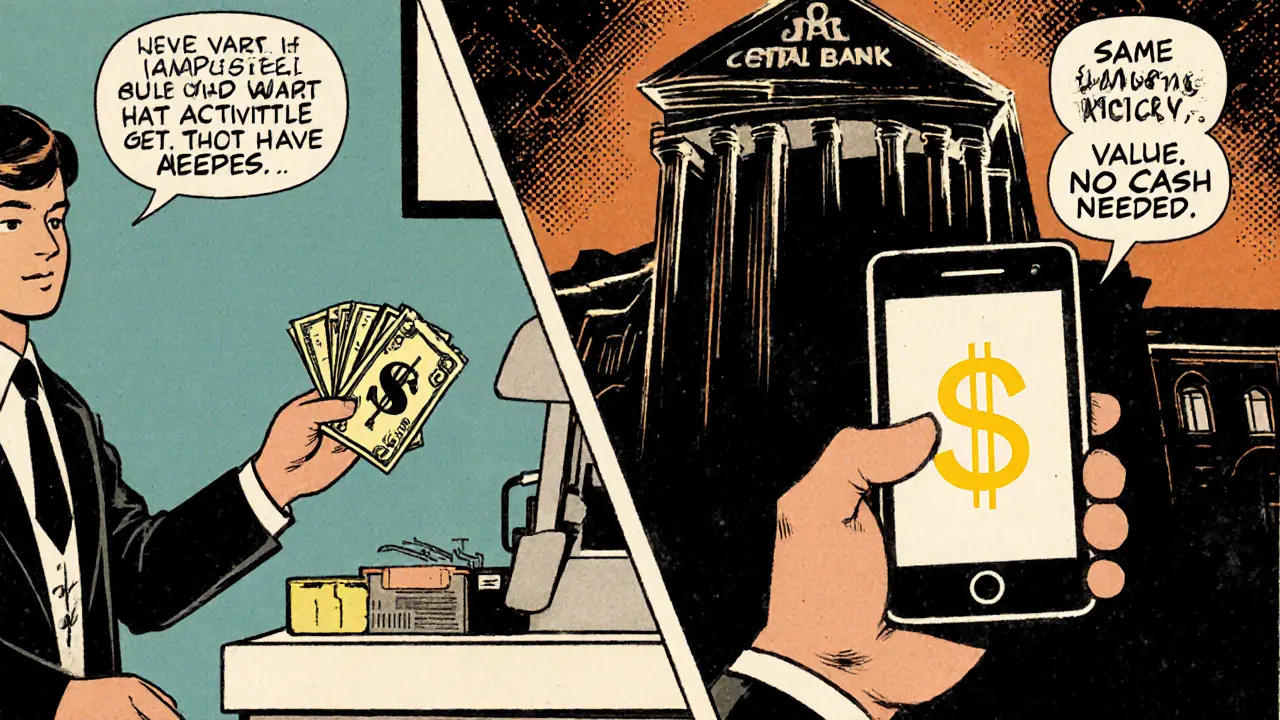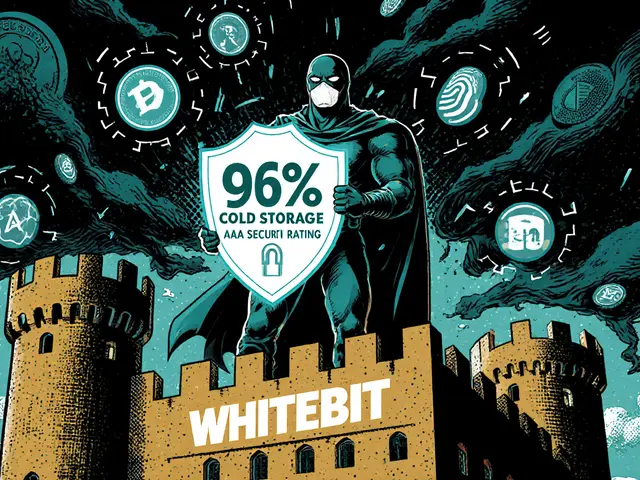CBDC: What It Is, Why It Matters, and How It Changes Crypto
When you hear CBDC, a central bank digital currency is a digital form of a country’s official money, issued and controlled by its central bank. Also known as digital fiat, it’s not Bitcoin. It’s not Ethereum. It’s the same dollar, euro, or yen you already use—but in a digital format the government can track, limit, and program. Unlike decentralized crypto, CBDCs have no blockchain in the public sense. They run on private ledgers, often with built-in surveillance features. Governments aren’t trying to replace banks—they’re trying to replace cash.
Why does this matter to crypto users? Because digital dollar, the U.S. version of a CBDC being explored by the Federal Reserve could change how you move money. If your bank is forced to integrate a CBDC, your transactions might be monitored, frozen, or restricted based on government rules. This isn’t theoretical. Countries like China already use their digital yuan to control spending on certain goods. Meanwhile, cryptocurrency regulation, the growing global push to bring crypto under strict government oversight is making it harder to use decentralized tools like wallets and exchanges without KYC. The more CBDCs roll out, the more pressure builds on private crypto to conform—or get pushed to the margins.
Some people think CBDCs are just a tech upgrade. They’re not. They’re a power shift. They give central banks direct control over money supply, interest rates, and even citizen behavior. Imagine being blocked from buying crypto because your CBDC wallet flags it as "high risk." Or having your rent payment automatically deducted before you even see your paycheck. That’s not sci-fi—it’s already happening in pilot programs. And while crypto fans talk about financial freedom, CBDCs are designed for financial control.
That’s why the posts below matter. You’ll find deep dives into how governments are shaping digital money, what crypto exchanges are doing to adapt, and why some platforms are quietly preparing for a world where cash is gone and your wallet answers to the state. You’ll see how CBDCs relate to institutional investment, blockchain node security, and even why fake tokens like WUSDR keep popping up—because when official money goes digital, scams follow fast. This isn’t about hype. It’s about survival in a financial system that’s changing faster than most realize.






